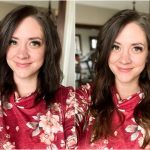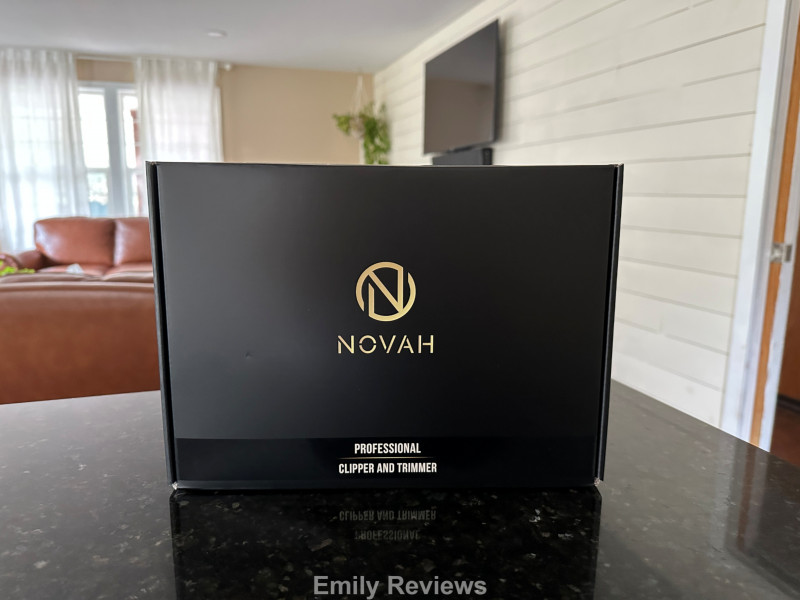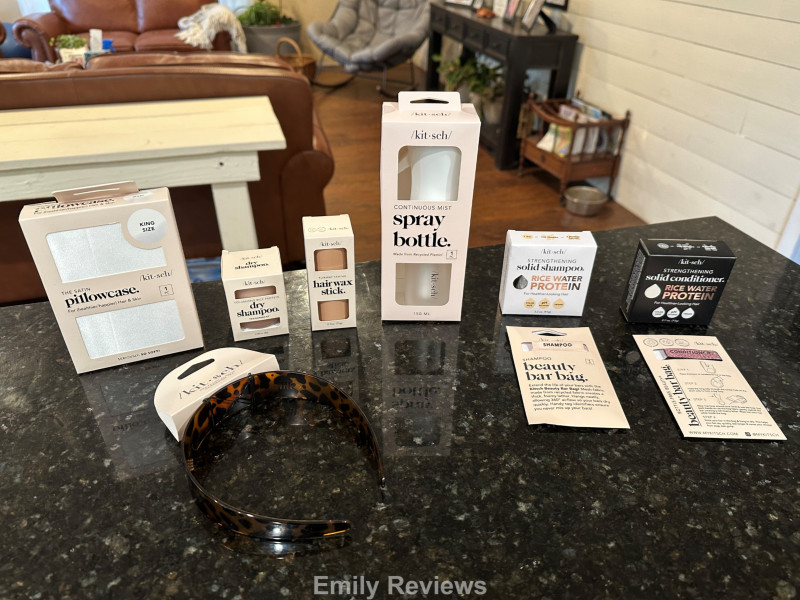This is a sponsored guest post.
Healthy hair does more than just look good—it reflects our overall well-being and can significantly boost self-confidence. Yet despite the abundance of products promising miraculous overnight transformations, achieving truly strong, lustrous locks remains elusive for many. The secret lies not in expensive treatments or trendy gadgets, but in understanding the fundamental science behind hair health. Whether you’re reaching for a hair styler or embracing the natural air-dry approach, the everyday decisions you make shape your hair’s future strength and radiance. This comprehensive guide cuts through the marketing noise to deliver practical, science-backed strategies that work for every hair type.
Understanding Hair Structure and Growth
Before diving into care routines, let’s explore what actually makes up each strand of hair. Picture your hair as a three-story building: the outermost cuticle serves as protective armor, the middle cortex houses the structural proteins that determine strength and color, and the
innermost medulla forms the core. When those cuticle layers lie flat like perfectly aligned roof shingles, light reflects beautifully, creating that coveted glossy appearance we all want.
Hair growth follows a fascinating three-act cycle that most people don’t fully grasp. During the anagen phase—which can last anywhere from two to seven years—your follicles are in full production mode. This transitions into the brief catagen phase, where growth comes to a halt, before entering the telogen phase when hair takes a well-deserved rest before naturally shedding. Here’s where many people get confused: trimming your ends won’t magically accelerate growth since that happens exclusively at the follicle level beneath your scalp.
Dermatologists consistently emphasize that sustainable hair health begins with grasping these biological realities rather than falling for clever marketing promises or clinging to old wives’ tales about hair care.
Daily Habits That Promote Healthy Hair
The cornerstone of any effective hair routine starts with gentle cleansing—but here’s where most people go wrong. Your shampoo choice should match your scalp’s needs, not necessarily your hair’s texture. Those with oily scalps benefit from clarifying formulas that cut through excess sebum, while anyone dealing with dryness or sensitivity should reach for gentler, moisturizing alternatives. The sweet spot for most people? Washing every other day rather than daily, which prevents both the oil buildup that clogs follicles and the over-stripping that leaves hair parched.
Conditioning deserves equal attention since it’s your hair’s best defense against environmental damage. The trick lies in application—concentrate the product from your ears down to the tips while steering clear of your scalp to avoid that dreaded greasy look. This simple adjustment in technique often delivers noticeable improvements in texture and manageability within just a few washes.
Don’t underestimate scalp care, either. Think of your scalp as the soil where healthy hair grows. Regular gentle massage boosts circulation to the follicles, while maintaining cleanliness prevents the buildup of dead skin cells and product residue that can interfere with optimal hair growth.
Key Takeaway: Building consistent habits around gentle cleansing, strategic conditioning, and attentive scalp care creates the ideal environment for hair to flourish naturally.
The Role of Heat and Styling Tools
Heat styling works by temporarily breaking the hydrogen bonds within your hair’s cortex, allowing you to reshape each strand. While this process enables beautiful styles, excessive heat essentially “cooks” the protective cuticle, leaving behind a trail of dryness, breakage, and
diminished shine that can become permanent over time.
The good news? Research demonstrates that heat protectants act like invisible shields, significantly reducing protein loss during styling sessions. Apply these products to slightly damp hair before any heat exposure, and you’re already ahead of the game. Temperature matters
too—fine hair responds well to lower settings, while coarser textures can handle higher heat.
Most importantly, give your hair regular breaks from heated tools whenever possible. Air-drying eliminates heat damage entirely, making it the gentlest option for your strands. When you do need to style with heat, following manufacturer recommendations and seeking
professional guidance ensures you’re working with your hair type rather than against it.
Nutrition and Lifestyle Factors
Your diet plays a starring role in hair health since follicles rank among your body’s most metabolically active cells. They’re constantly churning out new growth, which means they need steady fuel from key nutrients:
• Protein forms hair’s structural foundation
• Iron ensures oxygen reaches hungry follicles
• Biotin and B-vitamins power cellular energy production
• Omega-3 fatty acids keep your scalp in prime condition
Beyond nutrition, hydration, quality sleep, and stress management wield surprising influence over your hair’s appearance. Chronic stress can shock follicles into premature rest mode, while restorative sleep gives your body the downtime it needs for cellular repair and regeneration.
Recognizing and Addressing Common Hair Concerns
Learning to spot trouble early can save you from more serious problems down the road. Watch for red flags like excessive breakage that goes beyond normal wear and tear, persistent split ends that travel up the hair shaft, or an overall loss of luster that doesn’t improve with regular conditioning treatments. Thinning that exceeds the typical daily shed of 50-100 hairs, or scalp issues like ongoing irritation or unusual flaking, deserve professional evaluation.
Sometimes the solution is simpler than expected. One client discovered that sudden hair thinning stemmed from an easily corrected iron deficiency—a reminder that our hair often reflects what’s happening inside our bodies.
Quick Tips for Protective Styling:
– Switch to silk or satin pillowcases to minimize overnight friction
– Avoid hairstyles that pull tightly at the hairline
– Apply leave-in treatments to damp hair for an extra layer of protection
Did You Know? Wet hair becomes more elastic but also more vulnerable to stretching and snapping—always handle it with extra care during and after washing.
Building Long-Term Hair Health
Achieving truly healthy hair isn’t about finding the perfect product or mastering the latest technique—it’s about making informed, consistent choices that support your hair’s natural biology. When you combine thoughtful cleansing and conditioning practices with mindful heat styling, proper nutrition, and professional input when concerns arise, you’re creating the optimal conditions for hair to reach its full potential.
The science speaks for itself: understanding how your hair actually works, then implementing proven care strategies, delivers the strongest, most radiant results possible. Rather than chasing quick fixes, focus on building sustainable routines that work with your hair’s natural growth patterns and protective systems. Your future self—and your hair—will thank you for the
investment.

Hi there! I am Emily Evert, the owner of Emily Reviews. I am 28 and live in a small town in Michigan with my boyfriend Ryan and our two pugs. I have a large family and I adore my nieces and nephews. I love reading memoirs, and learning about child development and psychology. I love watching The Game of Thrones, Teen Mom, Sister Wives and Veep. I like listening to Jason Isbell, John Prine, and other alt-country or Americana music. I created Emily Reviews as a creative outlet to share my life and the products that I love with others.
This post currently has no responses.


















Leave a Reply